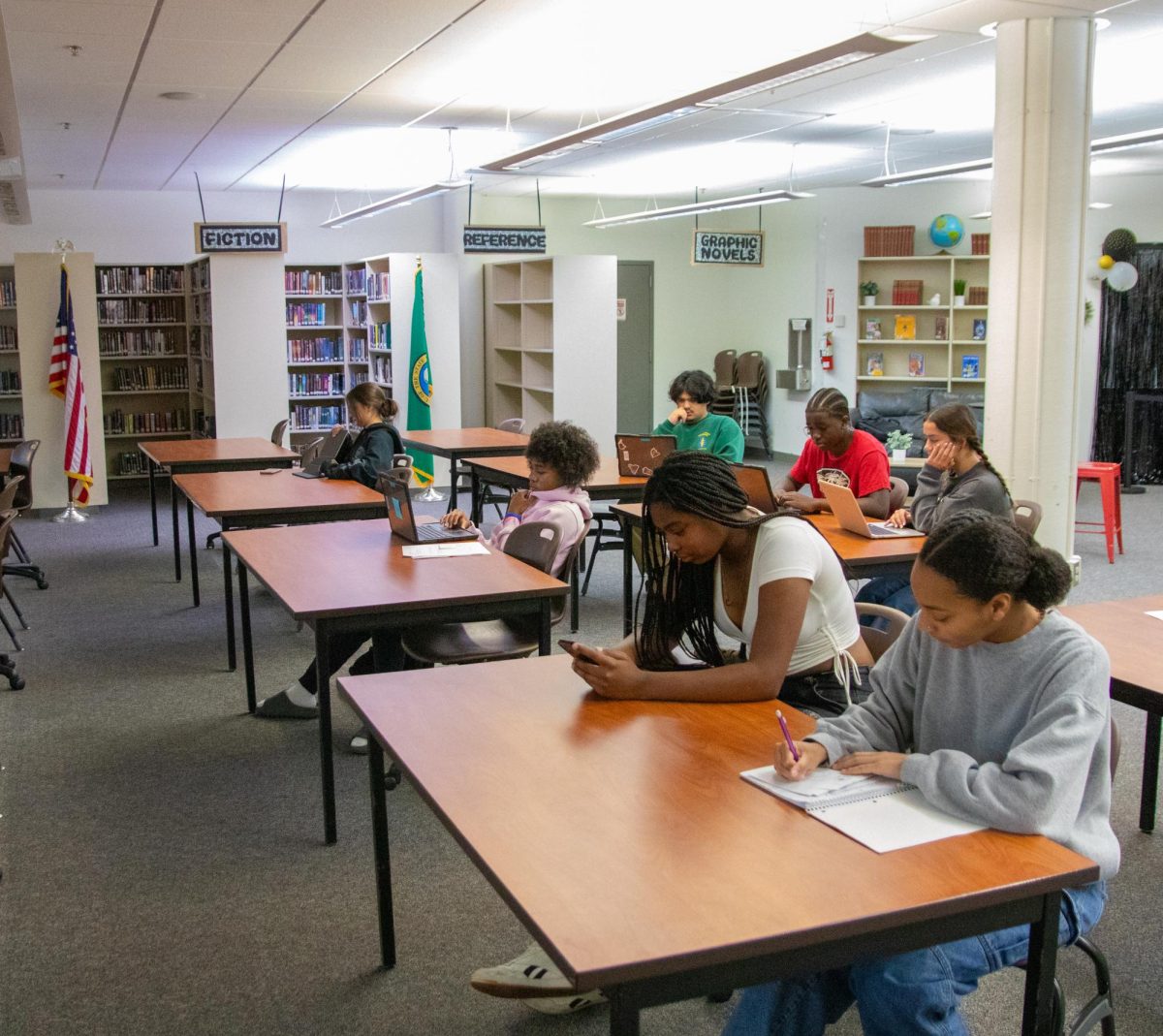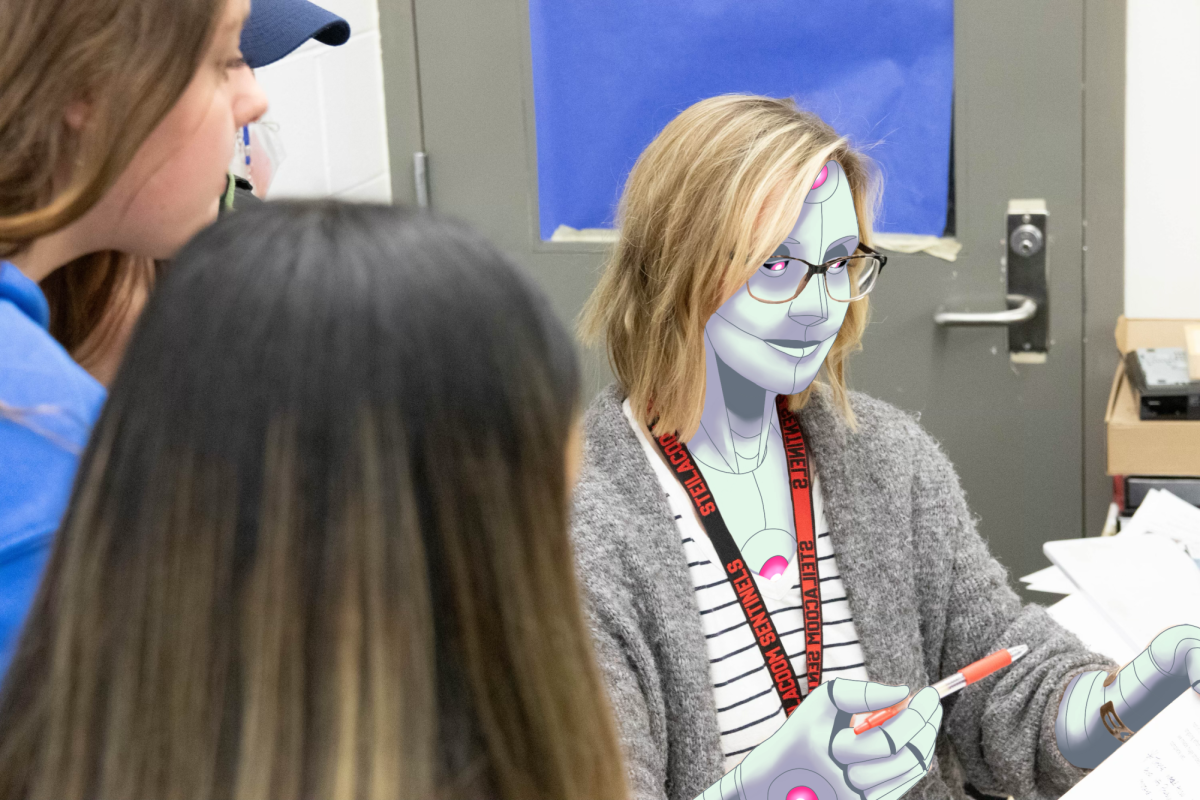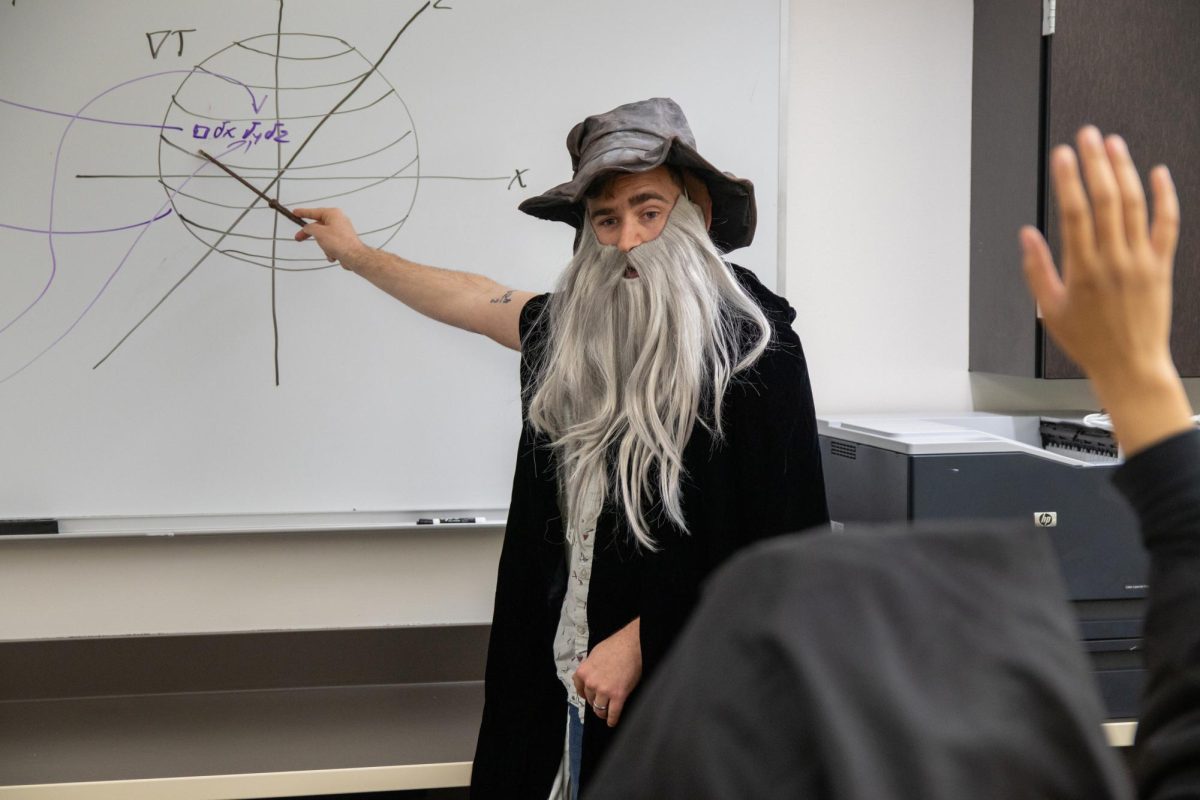FairTest, an educational organization that literally aims to ensure fair testing, states that over 1,900 four-year schools in the U.S. are operating test-optionally this fall.
Beginning in the 2020-2021 school year, standardized test scores such as the ACT and College Board’s SAT were dropped from many schools’ admission requirements nationwide due to the pandemic, which created learning difficulties and affected students’ ability to even physically take these exams. In 2022, the SAT would officially transition from paper to digital-based formats. The last paper SAT was offered in December of 2023.
Three researchers at Dartmouth College concluded that the scores of these tests are more of a determining factor in a student’s success at Dartmouth than their high school grades, essays, or recommendations. It does not, however, show anything about the success of students’ actual applications.
A private school like Dartmouth, which had taken the test-optional route due to the pandemic, will once again be requiring test scores for the entering class of 2029 as announced on Feb. 5. Yale University, and Brown University earlier this month, have followed suit, and it is expected that other schools will examine these decisions when making their own.
Long before the world shut down, it was debated whether or not required standardized testing is an accurate or fair measure of students’ academic capabilities.
A majority of colleges in recent years have taken on the “holistic review” approach when considering applicants, since it is generally regarded as the best practice in the admissions process. What this means for students is that their whole application will be reviewed as opposed to only their grades and test scores. But Dartmouth finds that test-optional is shown to harm lower-income student applicants, as they deem their own scores too low and withhold them from the school. Yale University backs this up as they have reinstated the requirement of scores from various types of tests, in addition to the SAT, to embrace flexibility.
The “Scholastic Aptitude Test” was first administered in 1926 as a way to promote access to higher education while creating a selective admissions process, especially since the number of applicants rose greatly post-world war. Throughout the years, the scaling system has undergone a few remodels—since 2016 it stands at 400-1600, testing reading, writing, and mathematics.
Unsurprisingly, it really only served to benefit advantaged white students, as the creator himself, Carl Brigham, was racist. The test would prove the “innate intelligence” of wealthy white kids and not much else. A certain discrepancy exists between the type of student the test was created for and the students outside of that margin; today, the nature of the test is still questioned.
Currently, besides its new digital format, changes to testing requirements will not necessarily affect anyone unless they are applying to highly prestigious or Ivy League colleges. However, whether or not they will carry further over across the board remains in question.

























